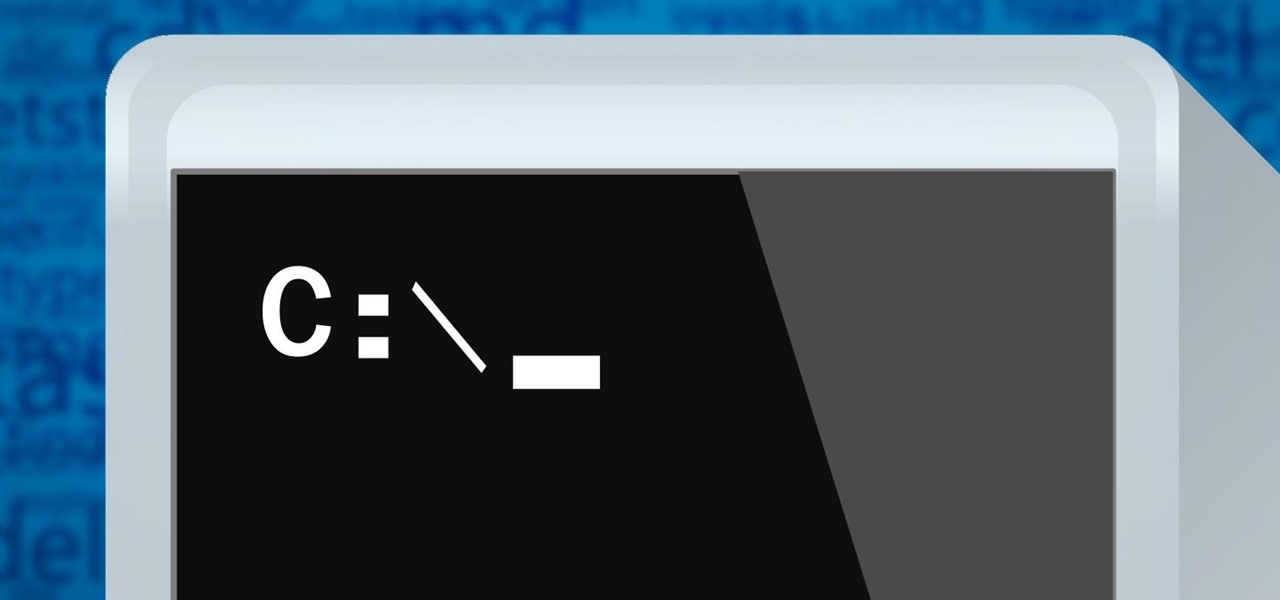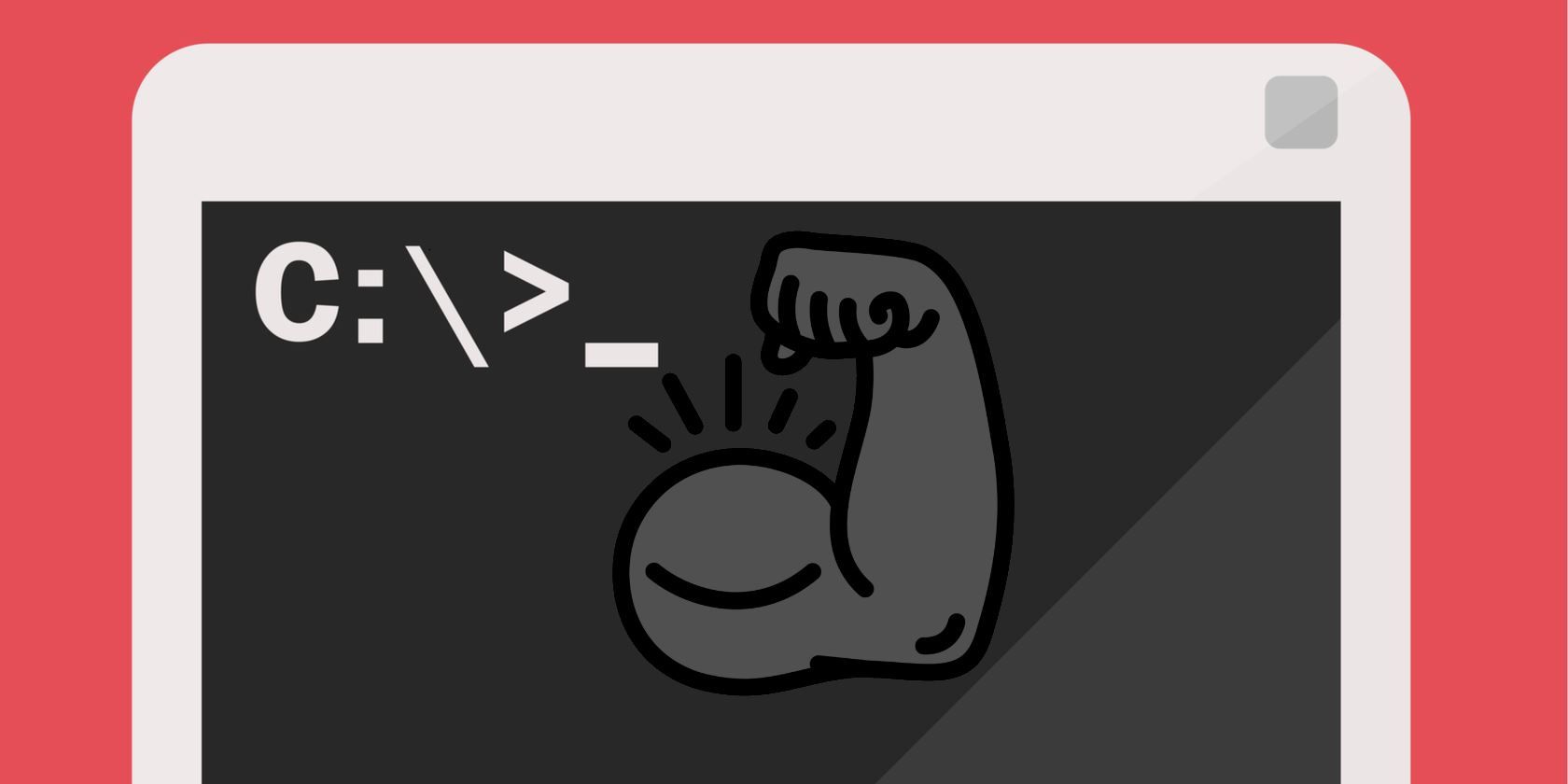

- #Windows 8 command prompt commands password#
- #Windows 8 command prompt commands windows 8#
- #Windows 8 command prompt commands windows#
The auditpol command is used to display or change audit policies. The attrib command is used to change the attributes of a single file or a directory. The at command is used to schedule commands and other programs to run at a specific date and time. The assoc command is used to display or change the file type associated with a particular file extension. The arp command is used to display or change entries in the ARP cache.
#Windows 8 command prompt commands windows#
The append command is not available in 64-bit versions of Windows 8. The append command can be used by programs to open files in another directory as if they were located in the current directory.
#Windows 8 command prompt commands windows 8#
However, the Command Prompt in Windows 8 is not MS-DOS so the commands are not correctly referred to as MS-DOS commands. The commands available in Windows 8 are used for a various purposes, including diagnosing and correcting certain Windows problems, automating tasks, and much more.Note: A number of Windows 8 Command Prompt commands are very similar to MS-DOS commands. If you replace drive-letter to C, type "attrib -h -r -s /s /d c:\*.*" and press Enter.Įxit the command prompt and you can see all hidden files in C drive.The Command Prompt available in Windows 8 contains around 230 commands. Type " attrib -h -r -s /s /d drive-letter:\*.*" and hit Enter to show hidden files in a specific drive. Step 3: Show hidden files with attrib command. Please note that you can view hidden files with dir command, but you couldn’t see them in corresponding drive. Then you’ll see all the hidden files of C drive. For example, type "dir C: /a:h /b /s" and hit Enter. Remember to replace drive-letter according to your situation. Type " dir drive-letter: /a:h /b /s" and press Enter to view hidden files of a specific drive. Step 1: Type cmd in the search box, right-click the top result and select "Run as administrator". If your system files aren’t broken, you’ll see "Windows Resource Protection did not find any integrity violations" message after finishing repair process. Step 2: Type sfc /scannow command in Command Prompt, and hit Enter. Step 1: Type cmd in the search box and right-click the top result to choose "Run as administrator". If your computer has problems, you can run System File Checker to find corrupted or missing system files. Replace "username" with a new username.Ħ: Check for corrupt system files through CMD When you want to give administrator rights to your new net user, type " net localgroup Administrators username /add" and hit Enter. You can type "net user isunshare isunshare123 /add" and press Enter.
#Windows 8 command prompt commands password#
In this command, "username" is the name you give your account and "password" is the password you want to log in the account.įor instance, if you want to create a user named "isunshare" with the password "isunshare123". Step 2: Type " net user username password /add" and hit Enter. Right-click the Command Prompt and choose "Run as administrator". Step 1: Type CMD in the search box on the desktop. If you want to clean up multiple disks, change the drive-letter and repeat the above steps. Remember to replace drive-letter with the disk letter you’d like. Step 2: Type the below command and hit Enter to empty Recycle Bin for a specific drive: Step 1: In the taskbar, type CMD in the search box. Based on the step 1, type the command " start-process powershell-verb runas".

Step 2: If you want to run powershell as administrator from cmd. The command prompt will turn to PowerShell. If you want to clear the screen after using the command-line tool (like DiskPart), you need to exit it first and then type cls to clear the screen.

Then all of your previous commands on the screen are cleared.īe careful not to conflict with the command-line tool. Type " cls" and then press the " Enter" key. In this case, cls command is come in handy.

Then you will see that the drive has changed.Īfter executing multiple commands, the screen of the command prompt usually looks cluttered. For example, if you want to change the drive from C: to G:, type “g:” and press Enter. If you want to run a command on a particular disk, use " driver-letter + :" to change disk drive.


 0 kommentar(er)
0 kommentar(er)
